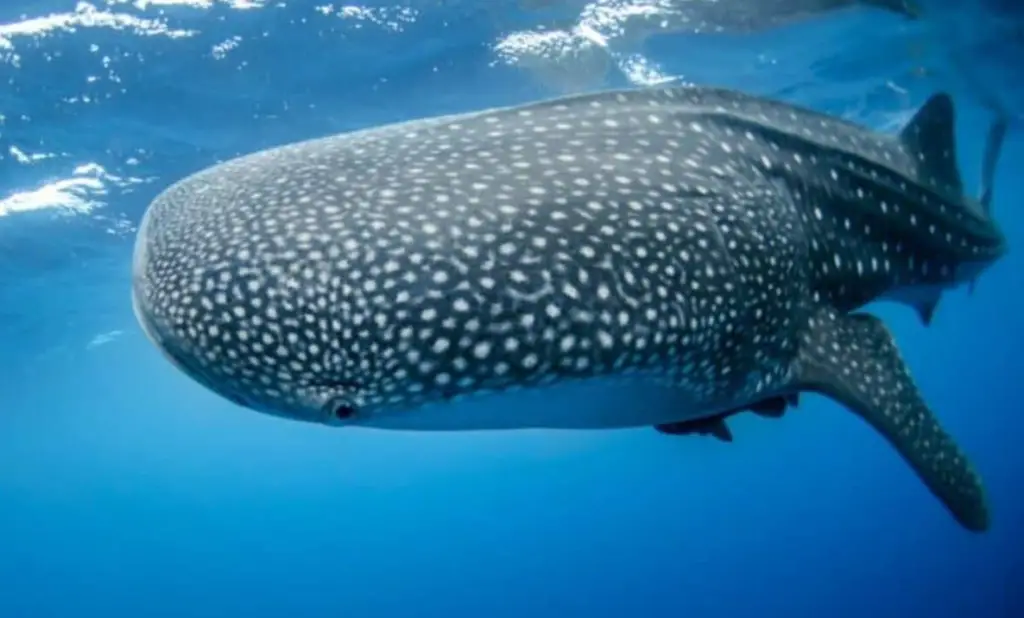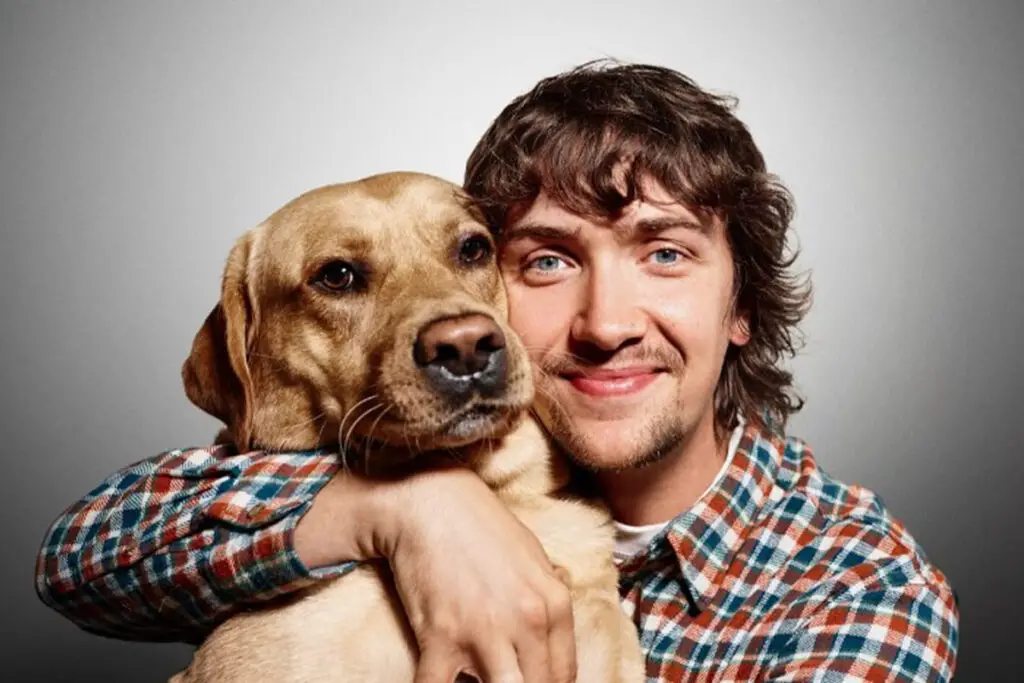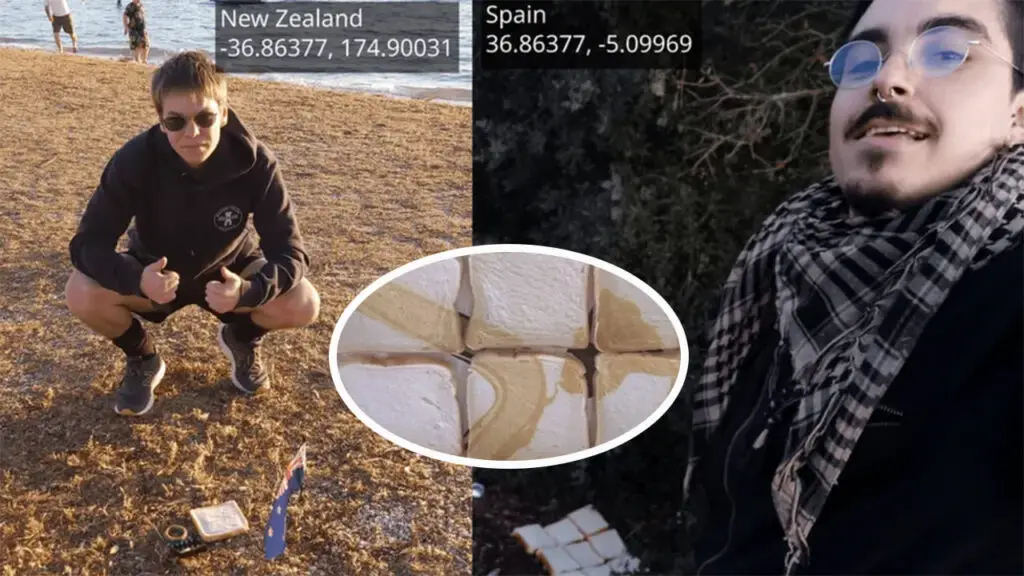Why Cats Love Having Their Ears Rubbed: 5 Vet-Approved Reasons

If you’ve ever watched your cat turn into a purring puddle when you scratch behind their ears, you’re not alone. Cats are notoriously choosy about touch, but ear rubs?
For many, it’s pure bliss—like a spa day, minus the cucumbers and plus those adorable toe beans.
So, what’s the deal? We spoke with veterinarians and animal behaviorists to uncover why cats go crazy for ear rubs and how to pet them the right way. Here’s the scoop.
1. A Calming Escape for Your Feline Friend
Cats may look like they’ve got life all figured out, but even they need to chill. Rubbing their ears stimulates nerve endings that release calming endorphins, says Dr. Sarah Wooten, a veterinary expert (Catster).
“It’s like flipping the ‘off’ switch on their inner chaos,” she notes. Picture it as their version of a cozy weighted blanket—no Amazon order required. This sensory pleasure explains why your cat might lean into your hand, purring like they’ve hit the jackpot.
The science backs this up: cats’ ears are packed with nerves and blood vessels, making them ultra-sensitive (PangoVet). A gentle rub can feel like a mini-massage, soothing even the most high-strung feline. It’s no wonder they keep coming back for more.
2. Scratching an Itch They Can’t Reach

Cats are bendy, but their ears? Total blind spot. “The base of the ear is loaded with scent glands, which cats use to mark territory,” explains Dr. Gary Richter, a veterinary health expert (Hepper).
When you rub there, you’re not just scratching an itch—you’re mixing your scent with theirs. It’s like your cat saying, “You’re in my crew now.” This scent-mingling reinforces their sense of security and ownership, making ear rubs a win-win.
This behavior ties into their instinct to mark their environment. By rubbing against you, they’re claiming you as part of their world, which is why they might nudge your hand for more (PetMD). It’s a subtle, feline way of saying, “You’re mine.”
3. Attention Is Their Love Language

Forget the stereotype of cats as aloof loners. If your cat shoves their head under your hand while you’re binging Netflix, they’re basically yelling, “Hey, human! It’s me time!” Ear rubs are a love language for many cats, a way to soak up your attention and say, “We’re cool.” When they purr so loudly it drowns out your Zoom call, you know you’ve hit the sweet spot.
Cats are social creatures, and ear rubs are a prime way they seek connection (FactMonster). This need for attention varies by cat—some are cuddle bugs, others play hard to get—but when they lean into an ear rub, it’s a clear sign they’re craving your affection.
4. Bonding Through Grooming Vibes

Ear rubs aren’t just about feeling good; they’re a bonding ritual. “When you mimic allogrooming—how cats lick each other—you’re saying, ‘I’ve got your back,’” says cat behaviorist Jenna Stregowski (Hepper).
This mimics the grooming mother cats do with their kittens, triggering a surge of oxytocin, the feel-good hormone (Bela Pets). No wonder some cats drool like leaky faucets during a good ear rub—it’s pure, unfiltered bliss.
This bonding aspect makes ear rubs a trust-building exercise. When your cat lets you touch their sensitive ears, they’re showing vulnerability, like a feline trust fall. It’s a moment of connection that strengthens your bond.
5. A Red Flag to Watch For

Before you crown yourself Cat Masseuse of the Year, keep an eye out. If your cat suddenly demands nonstop ear rubs, it could be a sign of trouble.
“Look for redness, discharge, or a smell like old cheese,” warns Dr. Wooten (Catster). Ear infections or mites can make ears itchy, turning you into their personal scratching post (Reddit). If you spot these signs, a vet visit is a must.
Cats are pros at hiding pain, so any sudden change in behavior—like obsessive ear-rub demands—deserves attention (JustAnswer). A quick check can keep your cat purring happily.
How to Tell If Your Cat’s Loving It
Cats aren’t shy about giving feedback. If they’re into ear rubs, you’ll see these telltale signs:
| Sign | What It Means |
|---|---|
| Purring | The universal “Keep going!” soundtrack |
| Leaning In | They’re pushing into your hand like a pro |
| Slow Blinks | The cat version of a heart-eye emoji |
If your cat’s serving these vibes, you’re doing it right. But if they bolt or give you the side-eye like you canceled tuna Tuesday, back off. “Respect their ‘no,’” says Stregowski. “Forced cuddles build resentment—fast” (Hepper). Cats are all about consent, even if they don’t say it out loud.
When Your Cat Says “Hard Pass”
Cats don’t mince words—or meows. If your ear rubs are bombing, they’ll let you know:
| Sign | What It Means |
|---|---|
| Hissing/Growling | A feline one-star Yelp review |
| Ears Flattened | Their “Do not disturb” sign |
| Tail Thrashing | Time to abort mission—stat! |
A sudden dislike for ear rubs could mean pain or discomfort. “Cats hide discomfort well, so any change warrants a vet visit,” says Dr. Richter (PangoVet). Trust your gut and get them checked if something feels off.
Other Spots to Try
Not all cats are ear-rub fanatics, and that’s okay. Here are some vet-approved alternatives:
- Chin: The ultimate sweet spot most cats can’t resist.
- Cheeks: Rub here, and you might trigger the “flehmen response”—that goofy, open-mouthed face they make when savoring a scent (Catster).
- Base of the Tail: Proceed with caution—some love it, others will ninja-kick your hand.
Word to the wise: steer clear of the belly. It’s a trap 90% of the time, luring you in before a swift paw swipe (Hepper). Cats aren’t dogs—pet them on their terms.
Dos and Don’ts of Petting Like a Pro
Want to nail the art of cat petting? Follow these tips:
| Do | Don’t |
|---|---|
| Start slow and gentle | Force petting if they’re not into it |
| Watch their body language | Pet during meals or litter box time |
| Use smooth strokes with the fur | Pat them like a dog—cats hate that |
Cats are individuals, so what works for one might flop with another (Quora). Pay attention, and you’ll figure out what makes your cat tick—or purr.
Why It Matters
Ear rubs are more than just a feel-good moment—they’re a window into your cat’s world. Whether it’s the calming rush of endorphins, the joy of bonding, or just scratching an itch they can’t reach, these moments build trust and love.
But it’s not just about the good vibes. Staying alert to changes in their behavior can catch health issues early, keeping your feline friend happy and healthy.
So next time your cat nudges your hand for an ear rub, go for it—but keep an eye on their cues. You might just become their favorite human.































